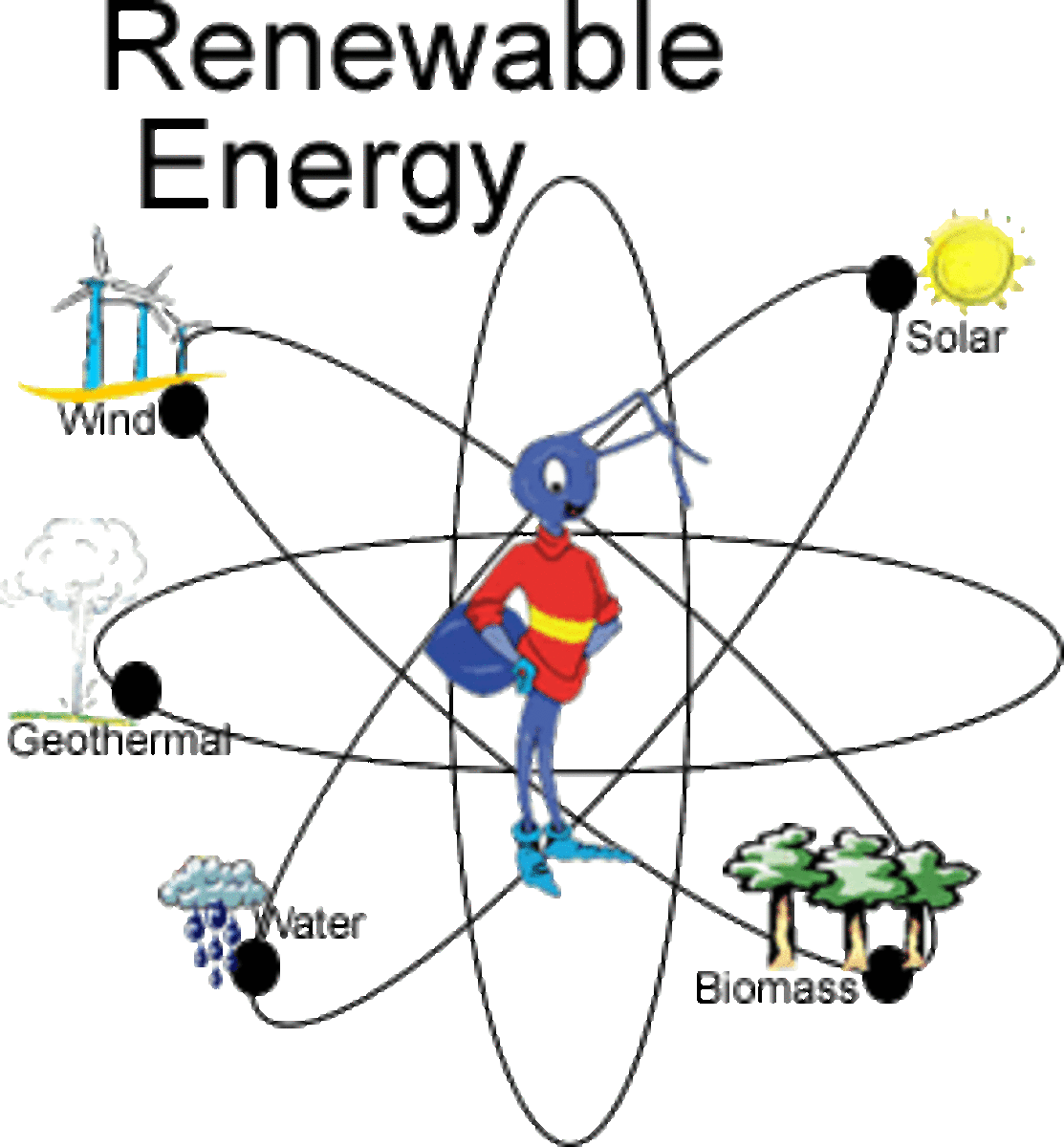Citing In APA Format

There are different citation styles for referencing sources in an essay or report, including Chicago and MLA. However, the style I used the most was APA, which stands for American Psychological Association. This style is typically used for citing sources in social science fields and is helpful because it is simple and can be used for a variety of source types.
General Guidelines
Essay Format
Your paper should be typed and double-spaced on 8.5x11'' white paper with a 1" margin on the top, bottom, and sides of the paper. Use a standard typeface such as Times New Roman or Arial, and 12-point font.
Also, include a header at the top of the page (if using Microsoft Word, go to Insert, then to "Header"). On the left side, put the title of your essay, and on the right put the page number.
In-Text Citation
In your paper, you can either paraphrase the source or use a direct quote. If you are using a direct quote, be sure to use quotation marks around the quote. For a long quote of 40 words or more, indent the quote an additional 1/2 inch from the left; quotation marks are not needed. See the example below, using the author name Smith, last edited date of 2012, and page numbers 110-115.
According to Smith (2012):
This is a long quote of 40 words or more. This is a long quote of 40 words or more. This is a long quote of 40 words or more. This is a long quote of 40 words or more.
When citing a source in your paper, you need to include the name(s) of the source, the year the source was last edited, and the page number(s). Below are examples of three ways you can do this.
- According to Smith (2012), "Quote" (pps. 110-115).
- Smith (2012) stated "Quote" (pps. 110-115).
- It was stated, "Quote" (Smith, 2012, pps. 110-115).
Reference List
While there are some differences in citation the various types of sources (books, electronic sources, etc.), there is a basic format for APA citation:
Last name of author, Initial of first name, middle initial if there is one. (Year last edited). Title. Website address.
Adjustments will need to be made for the different source types. Below are the general adjustments needed for common types, but review the resources below for details and for specific or special situations.
- Periodicals: Add the title of the periodical (meaning a magazine, newspaper, encyclopedias, etc), volume number, issue number, and the pages that were used.
Last name of author, Initial of first name, middle initial. (Year last edited). Title. Title of periodical, volume number (issue number), pages used. - Books: Add the location and name of the publisher.
Last name of author, Initial of first name, middle initial. (Year last edited). Title.
Location of publisher: Publisher name. - Online: If the source is online, use the guidelines above and simply add the URL of the source. For instance, for an online periodical, see below:
Last name of author, Initial of first name, middle initial. (Year last edited). Title. Title of periodical, volume number (issue number), pages used. Retrieved from www...
If the source is an online periodical from a database vendor and has a Digital Object Identifier (DOI) number:
Last name of author, Initial of first name, middle initial. (Year last edited). Title. Title of periodical, volume number (issue number), pages used. doi:0000000/000000000000 or http://dx.doi.org/10.0000/0000
There are basic rules for constructing the reference list:
- Alphabetize the sources by the name of the source. If the name of the source is an organization rather than a person, use the first word of the organization name for alphabetizing the source. If there is more than one entry for an author, put in order of the year it was last edited.
- For each source, indent all of the lines after the first line by 1/2 inch.
- Italicize titles if they are longer sources, like books rather than short articles.
Learn more about APA citation
- Purdue OWL: APA Formatting and Style Guide
APA (American Psychological Association) is most commonly used to cite sources within the social sciences. This resource, revised according to the 6th edition, second printing of the APA manual, offers examples for the general format of APA research - The Basics of APA Style
This free tutorial is designed for those who have no previous knowledge of APA Style. - APA Citation Examples - UMUC Library
APA Citation Examples








